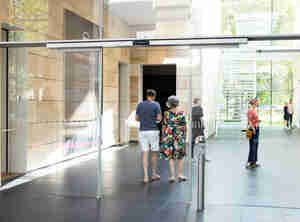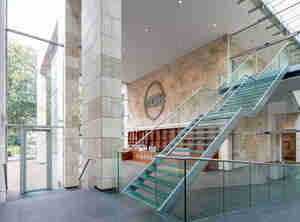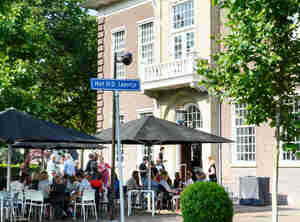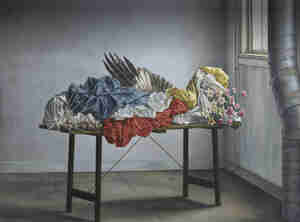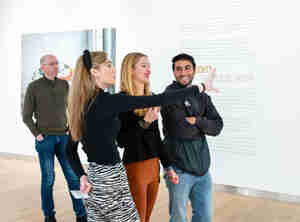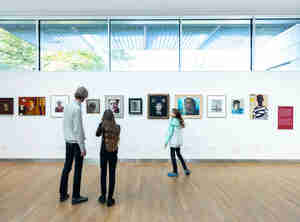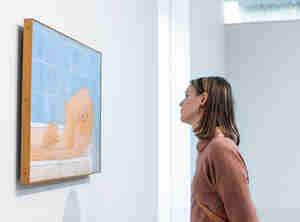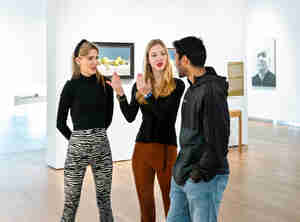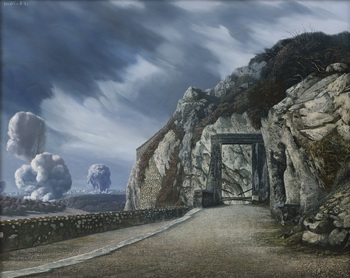- Plan your visit
- See and do
- Collection
- About us
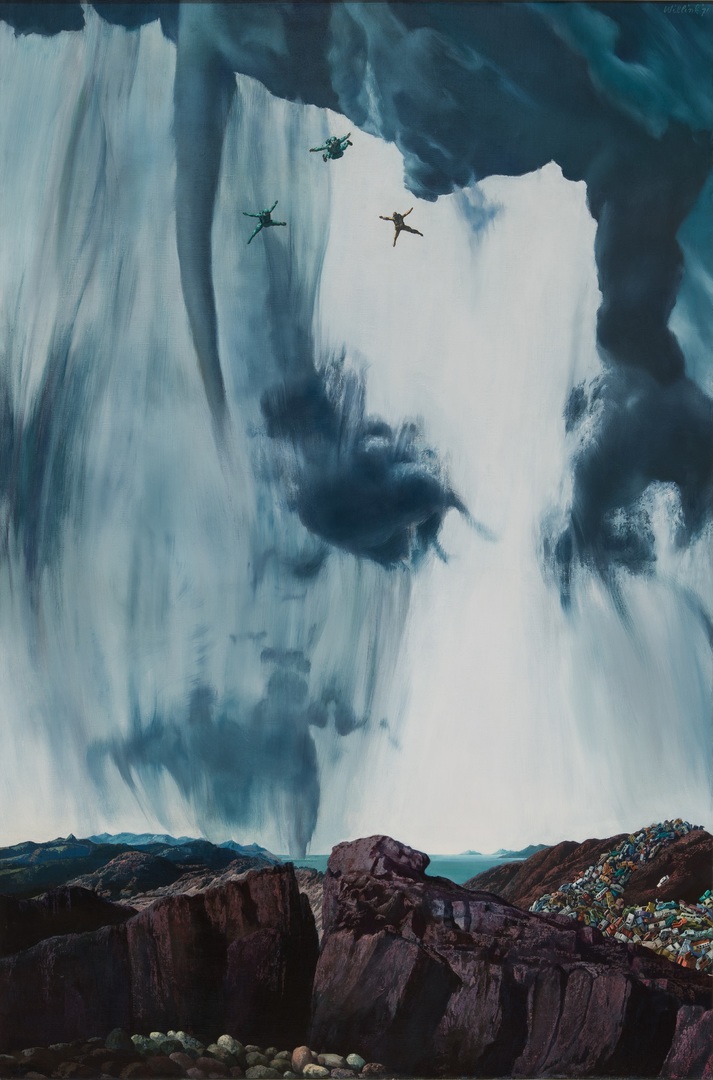
Go back
Carel Willink
Parachutists, 1971
These parachutists, which Carel Willink (1900-1981) painted in 1971, have dropped out of the stormy clouds and appear to be crashing towards the rocks. The landscape and the heavily overcast sky dominates most of the canvas, adding additional spectacle to the jump. The scrapyard, strewn with abandon
...
ed cars and vans, brings additional severity.
In 1950, twenty years before he painted this work, Willink said: ‘It’s the confrontation with the never reassuring, never fully knowable world of appearances, in which the most minute and familiar object can suddenly become an intimidating, intangible “thing”; a world, alien and more horribly, superciliously occluded than the most upsetting nightmare’.
A lot has been written of the supposed pessimism in Willink’s paintings. It is often assumed that with his menacing, ominous work from the ‘dark 1930s’, he sensed the outbreak of World War II: something that the artist himself always denied. After the war, the dark clouds remained in Willink’s paintings. The artist’s feelings of uncertainty and transience continued to haunt him.
Artist
Carel Willink
Title
Parachutists
Year
1971
Technique
Oil on canvas
Size
139 x 94 cm (h x w)
Type of object
Painting
Copyright
© Pictoright/Sylvia Willink
This work is protected by copyright. You need permission from the creator or his heir to download, edit, copy or publish it.
